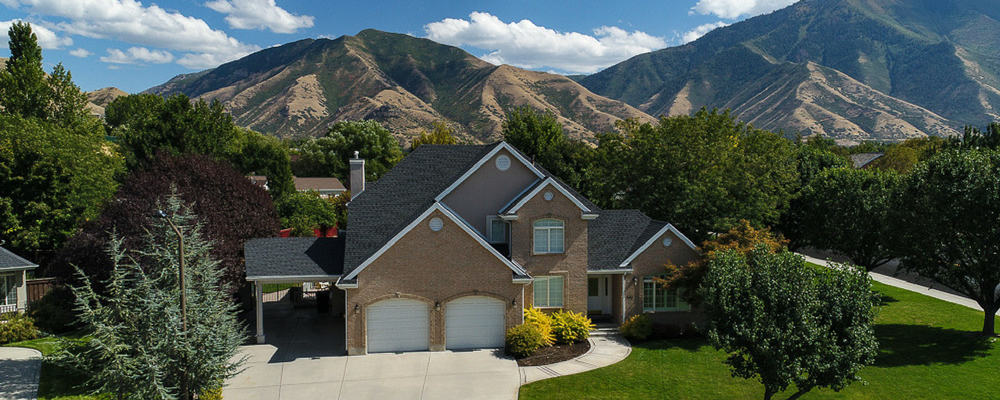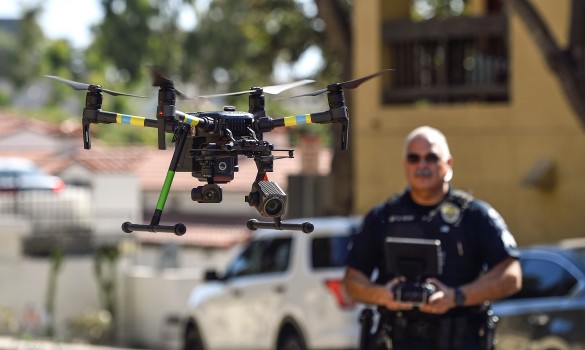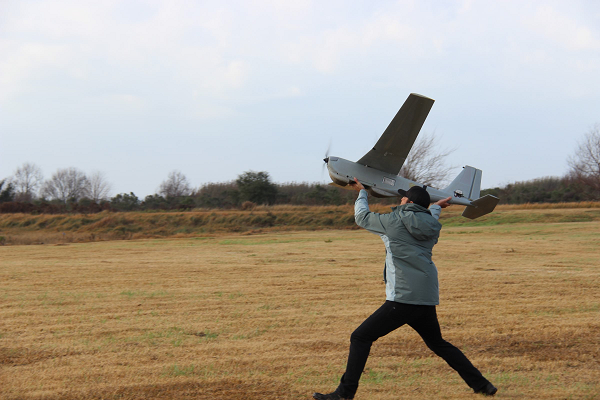
Agricultural drones can be used for crop monitoring and yield optimization. These drones have many applications in agriculture, from evaluating crop growth and development to helping determine weed control. These new technologies are described in detail below. You may be amazed at how much money they save. And you may even be able to earn money using them! Let's explore! Let's take a look at the challenges and benefits of drones for agriculture.
Agricultural drones
Drones in agriculture are an exciting new way to conduct agricultural research. However, they can be expensive. However, professional-grade drones offer some benefits such as near-infrared and automated flight options. These drones can only be purchased with special software, such as data post-processing software and survey planning software. This article will explain the advantages of using drones for agriculture. You'll also learn about how drone technology is used in agriculture today.
Applications
Drones can be used to monitor soil conditions, identify weeds and assess crop yield. Drones are able to provide accurate mapping and information about the soil elevations for farmers, which can help with planning irrigation. Drones can provide valuable information about the soil's nitrogen content, which can be useful for farmers in optimizing fertilizer use. By providing precise data on crop health and yield, drones can save farmers time, money, and effort.

Prices
One of the major questions people have when looking into the use of drones in agriculture is what are the costs? Drones have a lower cost than other agricultural tools, and the drones themselves are relatively inexpensive. They require less maintenance than other agricultural tools. A spraying device will cost approximately $1,500 to purchase, as opposed the $20,000 required for a commercial sprayer. Some drone operators may also have to pay for spare batteries and other parts for their equipment.
Challenges
Farmers can rely on many factors to improve their crop health and increase yields. A growing database of information will make it easier for farmers to adjust to changing conditions and act with unmatched precision. While drones offer many benefits to farmers, they also present challenges. Most countries are still working on their drone regulations. Most countries do lack sufficient personnel to control the use of drones for agriculture. Fortunately, drones are increasingly available and the next few years are likely to be full of exciting new agricultural applications.
Future
Drones can have many advantages in agriculture. They can help in more precise pesticide and fungicide applications. Full-spectrum drones are capable of detecting soil magnesium and ammonia. This can cause crop damage. Growers have the ability to customize their drone technology by adding new sensors to an existing drone. Drones are also great for difficult-to access areas. Drones can be used to precision farm, which allows growers to reduce the risk of crop failure and maximize yields.

FAQ
Is the FAA able to regulate drones?
The FAA supervises all aspects related to drone operations, including certification requirements and safety standards.
What are the rules and regulations for drones operation?
You need to register your drone with the FAA. The registration process requires you to provide information about your device, such as its weight, dimensions, battery capacity, operating frequency, and battery life. A FAA identification number is also required.
Can I fly my drone through my neighborhood?
Yes! These are also known as UAVs (unmanned aerial vehicle). There are many different types of drones that you can buy today, including small quadcopters as well as large fixed-wing aircraft. New rules have been issued by the FAA regarding commercial use of UAVs. This means that you can legally fly them for business purposes. But, it is important to note that UAVs being flown near airports can interfere with air traffic control systems. Before you operate one, you need permission from local authorities.
What is the difference between a quadcopter and a hexacopter?
Quadcopters are four-rotor helicopters that fly like traditional helicopters. It has four rotors that rotate independently. A hexacopter is similar to a quadcopter except that it has six rotors instead of four. Hexacopters are more stable and maneuverable than quadcopters.
Is it possible to buy a drone from overseas?
You can buy many types of drones online. Some prefer to buy their drones from Amazon, eBay, or Walmart. Others choose to purchase their drones directly from manufacturers.
Are you interested in flying with a drone while on the road?
Drones have become increasingly popular for commercial and personal purposes. They are used for video, filming aerial mapping, search &rescue, and many other purposes. A number of new regulations have been approved by the FAA for drones. These include registration, licensing, pilot training and insurance. These new regulations will ensure drones are safe for all.
Statistics
- According to Indeed, a drone pilot gets paid $25.73 per hour on average in the US. (dronesgator.com)
- According to industry research from ZipRecruiter , there are 10 cities where the typical salary for a Drone Pilot job is above the national average. (dronesgator.com)
- According to ZipRecruiter, the minimum hourly wage of drone pilots is $20. (thedroneu.com)
External Links
How To
Repairing A Drone's Damaged Motor
To repair a motor damaged, the first step is to identify which part is broken. To do this, remove the propeller and motor shaft. Next, remove all wires from the motor shaft and inspect the internal workings. If you notice something amiss, you'll know what part of your motor to fix.
If there are no damages to the motor you don't have too much to worry about. However, if your motor looks anything like these images, then you will need some parts replaced before you can fly.
Let's say that a motor is bent so that it can no longer turn. To get the motor to turn again, you'll need to bend it. To hold the motor in place, you can use a pair or vice grips. After you're done, check your motor for signs of wear.
Once everything looks good, you can put the propeller back on the motor shaft. Then, reattach the wires. Now your drone is ready to fly!